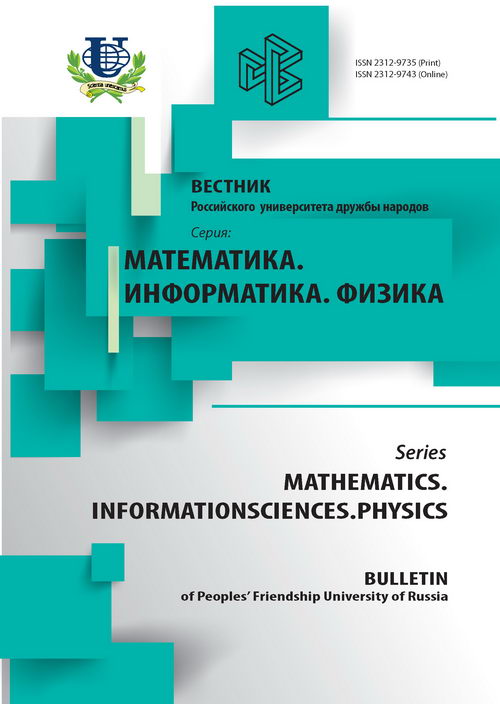A MathematicalModel of Call Center with Interactive Requests
- Authors: Basharin GP1, Klapouschak SN2, Khurtin DV2
-
Affiliations:
- Peoples Friendship University of Russia
- Issue: No 1 (2008)
- Pages: 20-27
- Section: Articles
- URL: https://journals.rudn.ru/miph/article/view/8487
- ID: 8487
Cite item
Full Text
Abstract
Now in Russia call centers market is growing roughly. All large companies have chosen
call centers as main way to contact their clients. Modern call centers allow to process both
voice requests and so-called internet-requests that not demand immediate reaction from an
operator: received by e-mail, fax, chat, etc. According market researches a share of internetrequests
makes 30% from the general number of client inquiries. The traffic this type of
requests produce have quite different characteristics from voice calls traffic. Nevertheless
majority of call centers performance evaluation techniques make no distinctions between
voice and internet-requests and use common Erlang-C model for calculations.
This work presents a model of call center with both types of requests as a priority queuing
system with bunker and two types of incoming traffic. An algorithm for calculation of stationary
probabilities for number of requests in service is proposed and comparative analysis
with Erlang-C model is given
call centers as main way to contact their clients. Modern call centers allow to process both
voice requests and so-called internet-requests that not demand immediate reaction from an
operator: received by e-mail, fax, chat, etc. According market researches a share of internetrequests
makes 30% from the general number of client inquiries. The traffic this type of
requests produce have quite different characteristics from voice calls traffic. Nevertheless
majority of call centers performance evaluation techniques make no distinctions between
voice and internet-requests and use common Erlang-C model for calculations.
This work presents a model of call center with both types of requests as a priority queuing
system with bunker and two types of incoming traffic. An algorithm for calculation of stationary
probabilities for number of requests in service is proposed and comparative analysis
with Erlang-C model is given
About the authors
G P Basharin
Peoples Friendship University of Russia; Peoples Friendship University of Russia
S N Klapouschak
D V Khurtin
References
Supplementary files















